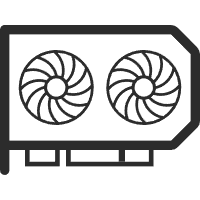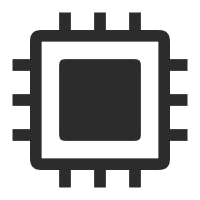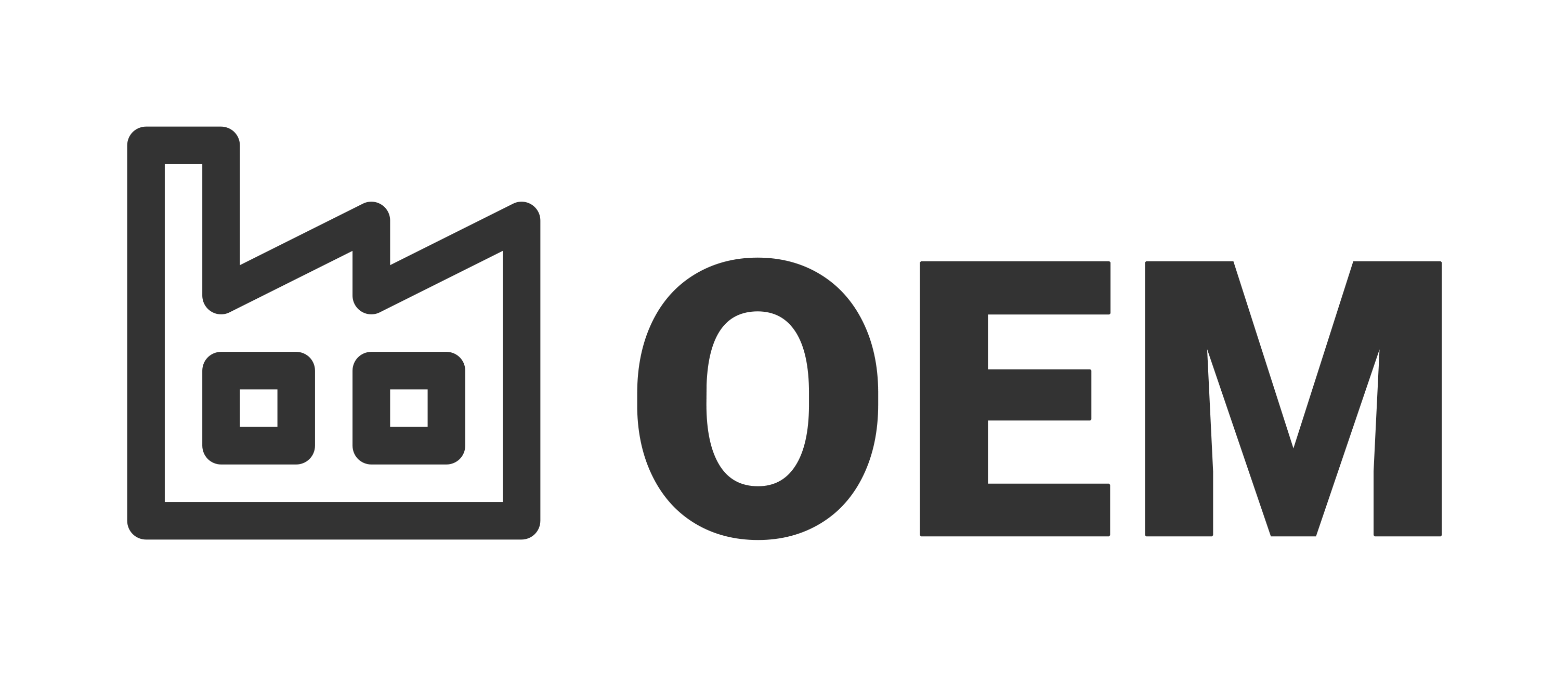The man who always wears a leather jacket held the NVIDIA GTC conference in Washington, dressed in his signature attire. Huang not only once again showcased his rockstar-like charisma in the AI world but also dropped a series of bombshells—ranging from 6G to quantum computing, from AI factories to humanoid robots—as if flipping through a sci-fi menu of the near future. True to his style, Huang kicked things off with humor, joking that since GTC is called the "Super Bowl of AI," it deserved a spectacular pre-show. And the content that followed certainly lived up to that title.
Blockbuster Collaboration: When AI Meets 6G, NVIDIA Joins Hands with Nokia Right at the start of his speech, Jensen Huang dropped a bombshell: NVIDIA will invest $1 billion in the veteran telecom giant Nokia! This isn’t just a simple financial investment—it’s a deep strategic partnership. Their goal is to jointly build an AI-native 6G network platform. In simple terms, the base stations our phones connect to in the future won’t just transmit signals—they’ll also be capable of “thinking.” These stations will use AI to intelligently optimize signal quality and even provide platforms for services like edge computing-powered industrial robots. It’s like equipping the wireless networks of the future with an “AI brain.”
Blueprint Unfolds: From Tomorrow's Chips to "AI Factories" Of course, Huang didn’t forget to showcase NVIDIA’s core assets. If the March GPU Technology Conference (GTC) was primarily about "technology unveiling," the October GTC placed greater emphasis on "technology implementation and real-world deployment." In terms of specific performance and hardware configuration, the Rubin platform achieved key technological breakthroughs: on one hand, it completely eliminated cable connections at the system level, significantly simplifying hardware architecture and improving stability; on the other hand, it adopted an efficient liquid cooling design, effectively addressing thermal challenges in high-density computing scenarios. In terms of hardware integration, each computing tray in the Rubin platform integrates multiple core components, including 8 Connect X9 super networking chips, 8 CP axes, 4 BlueField-4 data processors, 2 Vera CPUs, and 4 Rubin packaging units. According to the official timeline, the platform is expected to enter mass production and delivery by the same period in 2025 (i.e., this time next year). Huang also casually mentioned that the combined orders for Blackwell and Rubin chips have already surged to $500 billion. It seems NVIDIA’s chips have a firm grip on the global demand for AI computing power.
Even more fascinating is his concept of the "AI factory." This is no ordinary data center—Huang emphasizes that "AI is not a tool, but a worker." An AI factory is like a modern plant specifically designed to produce intelligence (in the form of tokens), where energy goes in and intelligence comes out. He also introduced digital twin platforms like Omniverse DSX to design and optimize these behemoths, reportedly capable of generating billions of dollars in additional annual revenue for a single giant AI factory.
From Concept to Reality: The AI Revolution in Pharmaceuticals Sounds impressive, but can it be implemented? Absolutely! Pharmaceutical giant Eli Lilly is building the world's first AI factory independently operated by a drug company, equipped with over 1,000 Blackwell Ultra GPUs. This system can dramatically shorten drug development cycles—for example, reducing imaging processing from months to just days—and design and test new molecules at unprecedented speeds. This means we can expect life-saving drugs to be developed faster in the future, as AI is truly propelling drug R&D into the era of industrial intelligence.
The New Era of Robotics Back in March, Jensen Huang proclaimed that "the new era of robotics has arrived," and this time he delivered substantial updates. NVIDIA released upgraded versions of foundational robot models like Isaac GR00T, enhancing humanoid robots' reasoning and full-body control capabilities. Simultaneously, they open-sourced a massive physical AI dataset. This equates to not only providing robots with smarter brains but also giving them vast "learning materials" to accelerate their understanding and adaptation to our physical world.
In summary, this speech clearly demonstrates that Nvidia is no longer just a graphics card or chip company. Through its comprehensive strategy spanning chips, systems, software, and ecosystems, it is fully committed to building the foundational infrastructure for the entire AI era. Nvidia envisions a future powered by AI, where intelligence is continuously generated like electricity and empowers industries across the board.





















.png)
